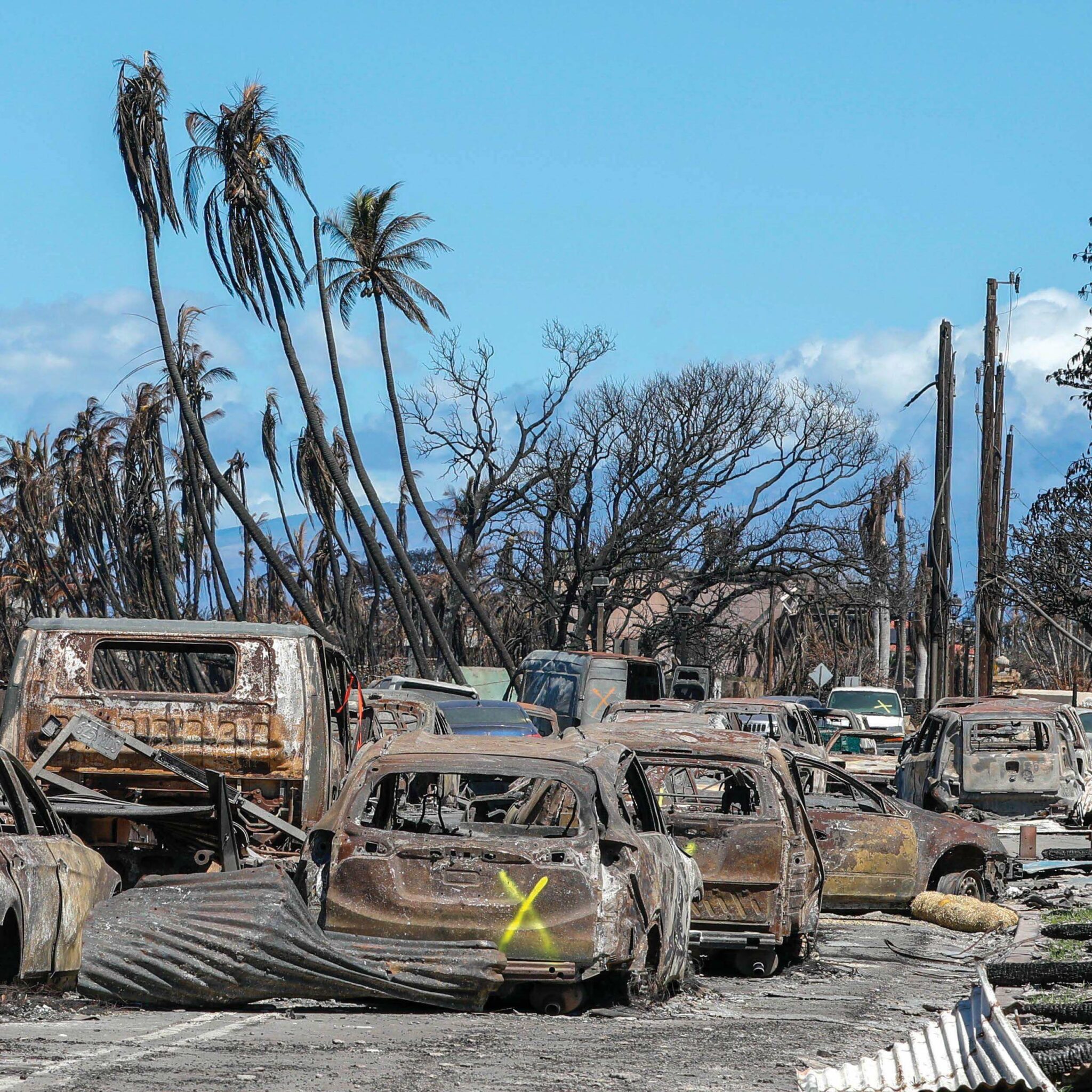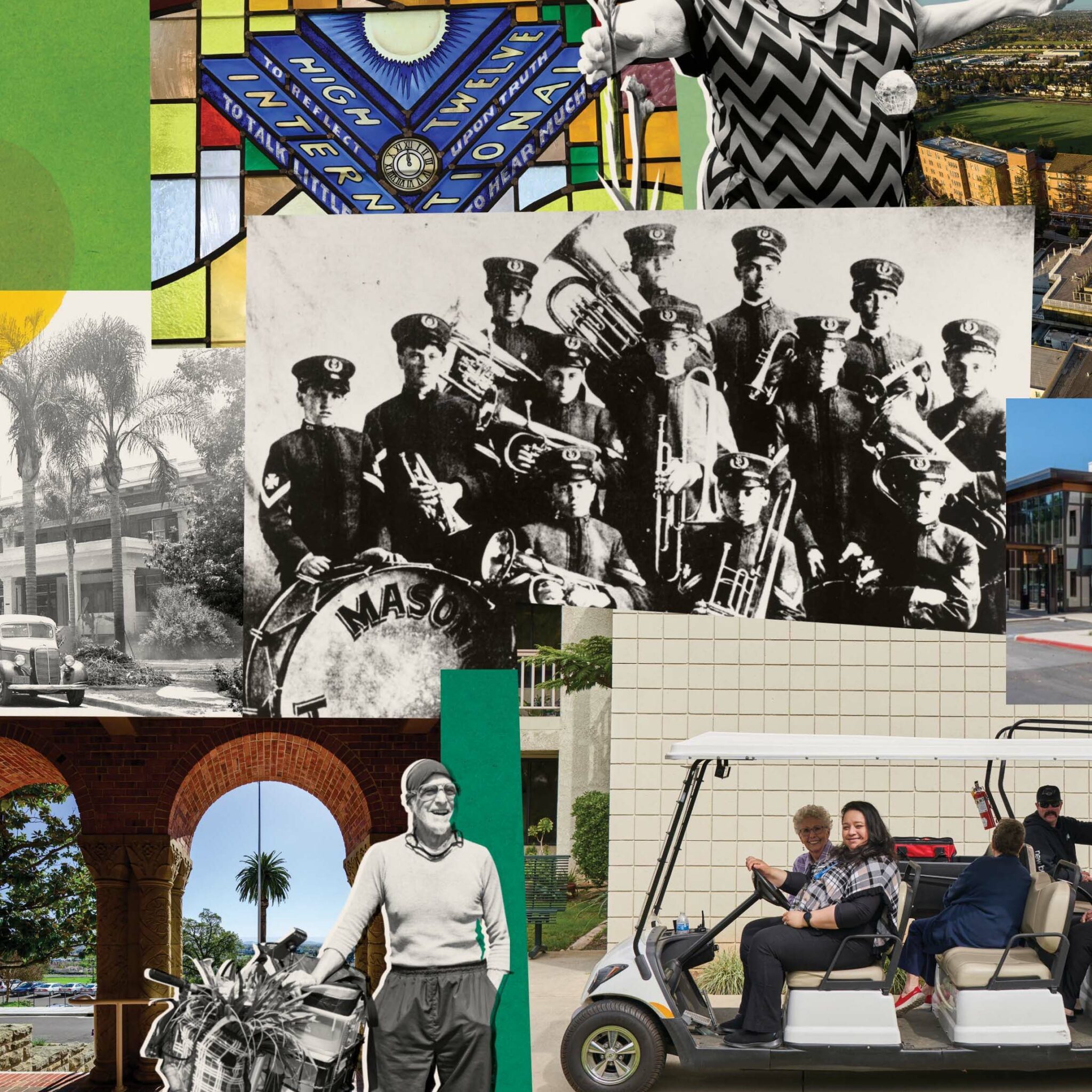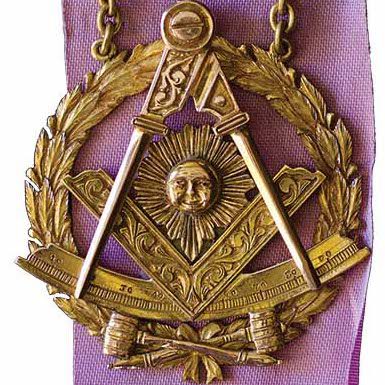
In Hawaii, an Outpouring of Masonic Relief—and Aloha
In the wake of the destructive Lahaina wildfire, Freemasons from around the world rallied to deliever Masonic relief to Hawaii.
One of the biggest differences that Oliver Torrealba, the first master of a new Hispanic research lodge in Southern California, noticed between Masonry his native Venezuela and stateside was the amount of memorization involved in California lodges. Compared to Latin America, Masonry here is long on ritual practice, he says, but comparatively short on study time.
That’s a gulf that Torrealba and others are hoping to bridge with their newly instituted group, the California Hispanic and Latin American Research Lodge. It is thought to be the first Spanish and English bilingual research lodge in the country, and in addition to serving as a forum for discussion and Masonic studies, the group plans to host frequent “exemplifications,” or demonstrations, of degree conferrals as they are practiced in Latin American countries. (California lodges use the Preston-Webb ritual, whereas lodges in Mexico and most of Latin America use the Scottish Rite ritual.) “We strongly believe this will complement our brotherhood but also expand the overall experience of California Masonry,” says Torrealba, also a member of Maya № 793.
Like other similar groups, the Hispanic research lodge will meet quarterly and does not confer any degrees of its own. To join, members must already be Master Masons. However, the group has set its annual dues at a modest (and symbolic) $33 to encourage as many people as possible to participate.
Gerardo Jimenez, a member of Beach Cities № 753 and secretary for the research lodge, says the group has designs on hosting seminars on Masonic themes at universities throughout the state. While lodge records are kept in English, Jimenez says meetings and presentations will be held in both languages, depending on the speaker, topic, and audience.
In addition to helping members deepen their understanding of Masonry, Jimenez hopes the new lodge can also be an advertisement of sorts to Spanish speakers and Latinos in California more generally. “We think this will bring a greater interest in our work,” he says. “We want to be a source of education for all Masons, with an emphasis on Hispanic and Latin American history.”
It’s part of a growing trend. Earlier this year, a new lodge, Pilares del Rey Salomon, received its dispensation, joining Maya No. 793 and Panamericana No. 513 as one of California’s three bilingual Spanish-English lodges. Additionally, several other groups are in the process of applying for their own dispensations as bilingual lodges.
Jimenez points out that 39 percent of Californians are of Hispanic descent. “If Masonry is going to grow, we have to reach out and bring them in,” he says. “If that’s in the language they prefer, so be it. Ultimately, the essence of the message is the same, no matter the language.”
Photograph by:
Sye Williams

In the wake of the destructive Lahaina wildfire, Freemasons from around the world rallied to deliever Masonic relief to Hawaii.

The Masonic Homes of California evolved from a 19th century widows and orphans home into an innovative apparatus of care and relief.

A new exhibition by the Grand Lodge of California puts past master’s jewels under the spotlight.